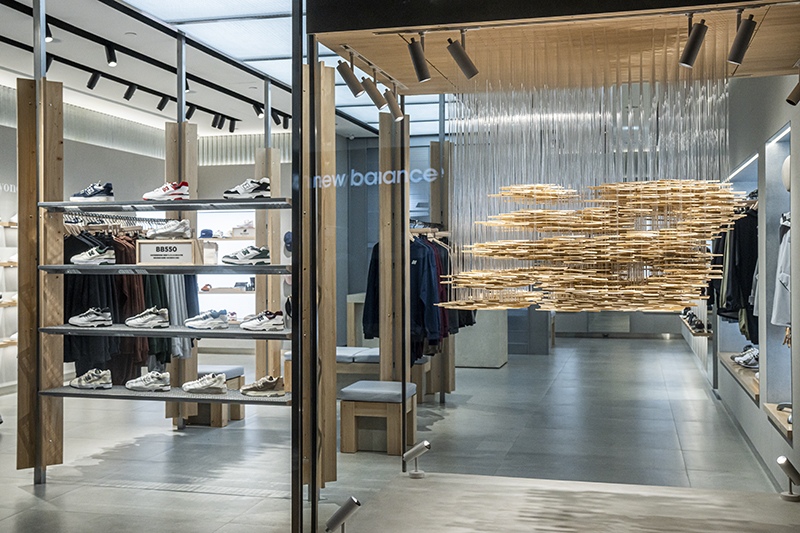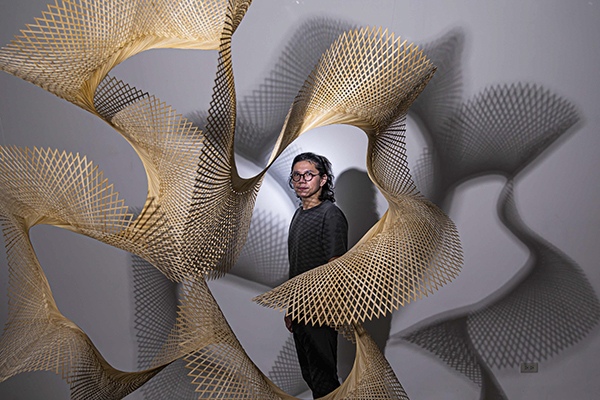
The Fascination of Bamboo Art: An Interview with Taiwanese Bamboo Artist Ching-Ke Lin
For centuries, bamboo has been an integral part of Eastern culture, renowned for its versatility and timeless charm. However, in the contemporary art world, it often takes a backseat to more mainstream materials. Fortunately, talented Taiwanese bamboo artist Mr. Ching-Ke Lin is working to change that perception. Through his remarkable bamboo installations, he breathes new life into this ancient art form, creating thought-provoking works that captivate audiences.
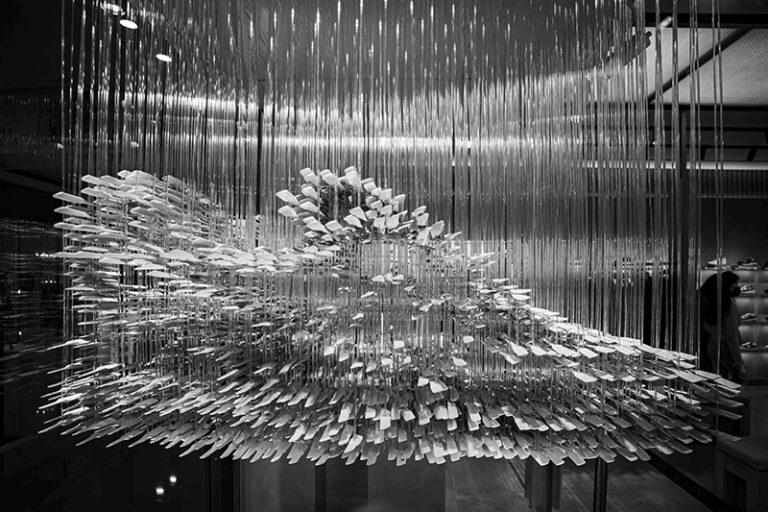
Ching-Ke Lin’s work demonstrates the immense artistic potential and enduring allure of humble bamboo. He skillfully merges traditional bamboo craftsmanship with the captivating world of contemporary art. His passion for bamboo and his commitment to bridging the gap between people, bamboo, time, and space are truly admirable. Through his innovative installations, he showcases the enduring charm of this ancient material and explores the limitless possibilities of blending tradition with modernity. One notable example of his recent work is the bamboo installation designed for New Balance.
In the following interview, we have the privilege of delving into Ching-Ke Lin’s journey in bamboo art and the profound messages he conveys through his installations.
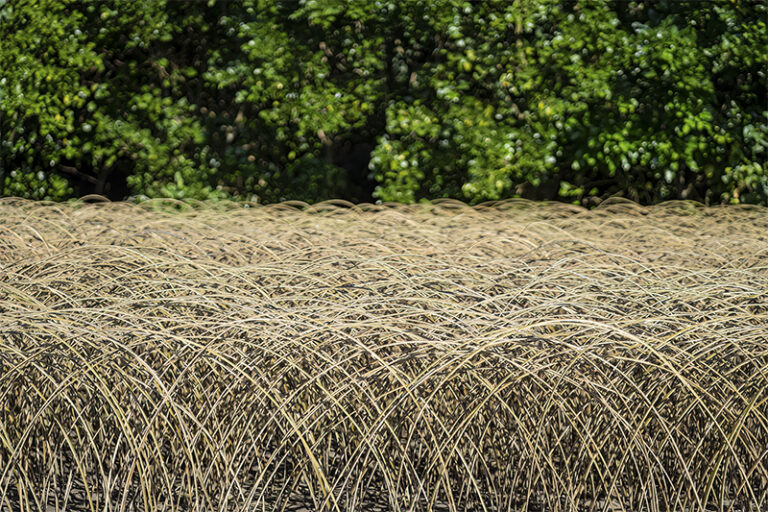
Q: Your bamboo installations are fantastic and have won numerous prestigious awards. First, please share with us your journey of becoming a bamboo artist.
A: Ten years ago, during my master’s studies, I had the opportunity to participate in the “Craft New Interest” program organized by the National Taiwan Craft Research and Development Institute. Under the guidance of a master craftsman, I learned traditional bamboo craftsmanship and fell in love with this art form and the medium of bamboo. I decided to venture into the bamboo-growing mountains, spending over two years learning the foundations of the craft from masters, understanding the process and details of bamboo artistry. Through my own creations, I aimed to reintroduce bamboo into the realm of contemporary art and life.
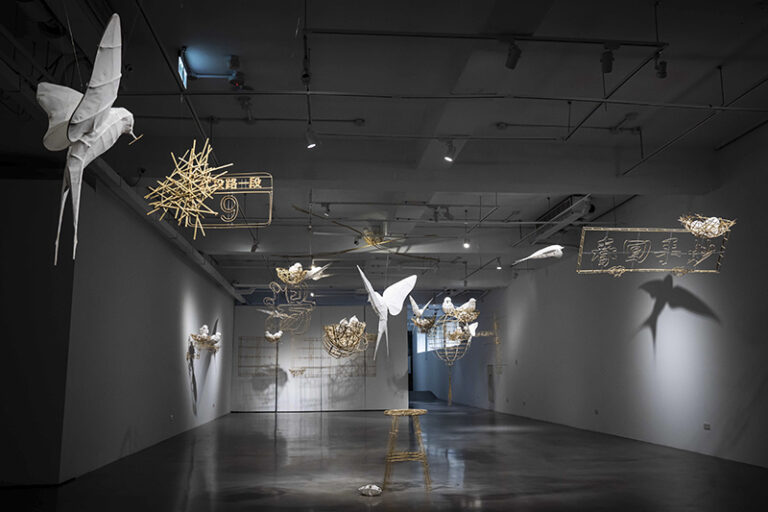
Q: What does bamboo represent to you, and what do you hope to convey through your bamboo installations?
A: Bamboo requires time to grow, and from raw materials to finished works, it goes through numerous processes. I believe that bamboo art installations are creations catalyzed and nurtured by time. To me, bamboo art is the artistry accumulated through time.
Through bamboo art, one can glimpse the unique Eastern expression. While Taiwan has been influenced by Western modern design trends, the general public tends to associate “wood, ceramics, metal, leather” with contemporary fashion. Wood, with its warm expression, has its unique charm, and although bamboo is a traditional Eastern symbol, it rarely appears in contemporary art. Bamboo craftsmanship is an ancient skill, and some may consider it an outdated, traditional craft. Therefore, when creating, I try to change the public’s perception, inspiring different imaginings of bamboo. I have always strived to do this.
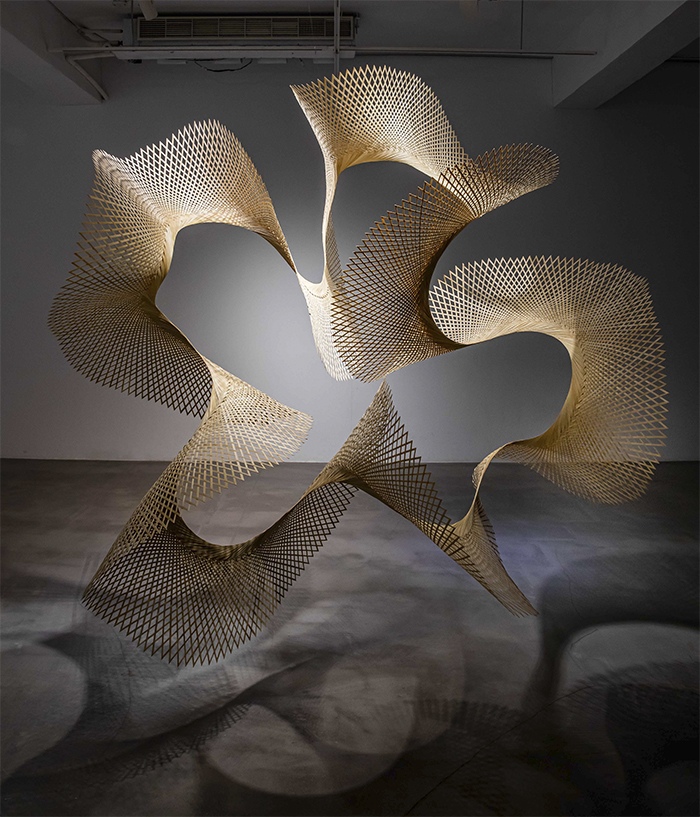
Q: When you create, what elements do you consider?
A: In my creations, I often consider the “grassy and woody” characteristics of bamboo in the design: I find this material very intriguing. Initially, only traditional artifacts would incorporate bamboo. As I delved deeper, I discovered numerous qualities of this material that modern people have yet to explore. Bamboo, with its grass-like properties, can be woven into lightweight baskets, while also possessing the wood-like qualities to be crafted into furniture or even used in building structures. It can also create distinctive styles and techniques when combined with other mediums.
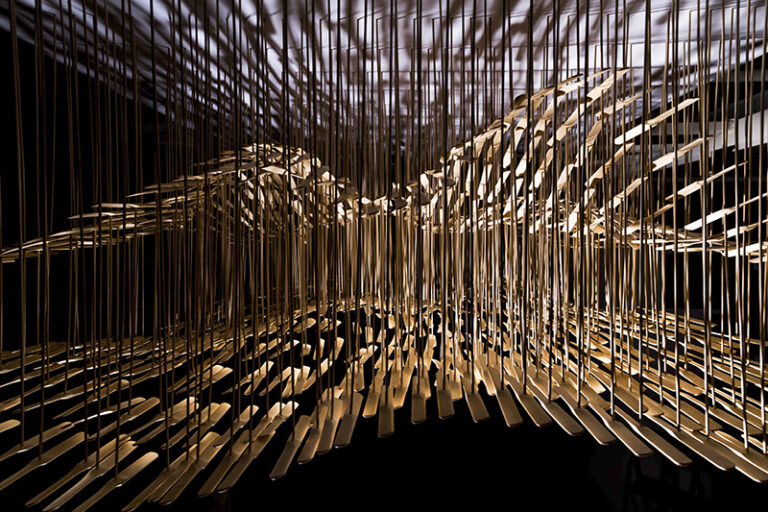
Q: Please share with us your recent bamboo installation for New Balance.
A: The bamboo dragonfly has a simple structure and is typically displayed by hanging it with a fishing line. However, I wanted to use the original structure of the bamboo dragonfly to create my own approach. I extended the bamboo rods of the dragonflies, replacing the original hanging structure, and connected them to a top plate, forming a unique spatial form resembling interlocking rings.
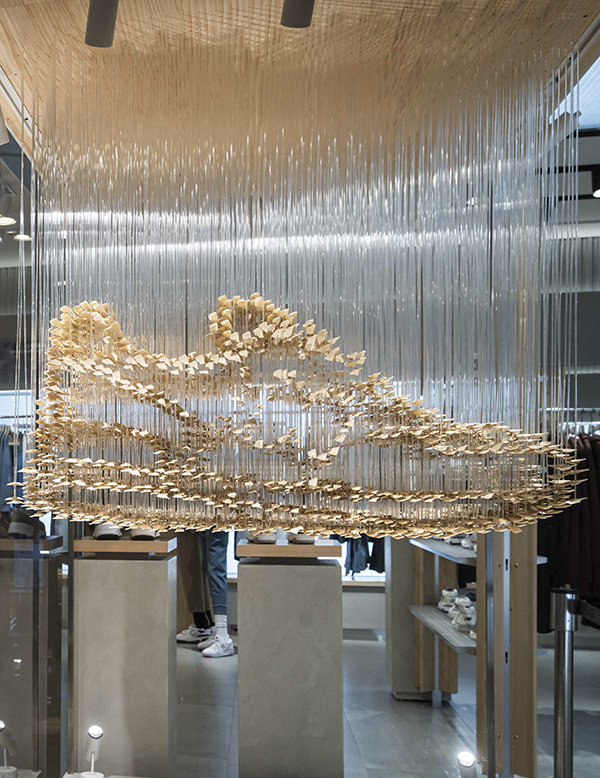
“New Balance Footprint” is an immersive artwork created using over 4,000 bamboo dragonflies. The dragonflies are interconnected and layered to form the New Balance logo and the shape of the model 990 shoe. The lightweight and transparent form captures a sense of lightness and imagery. I selected bamboo dragonflies and polished and painted them to ensure every detail of the artwork maintains its delicacy. By designing the work based on the site, it allows for a more open and diverse creative space.
Creating a playful and childlike atmosphere is my consistent artistic style. Just like the Japanese designer Oki Sato, his approach is childlike, and the structure of his works does not overwhelm the viewer. Sometimes, creators put in a lot of effort, and you forget what message they wanted to convey. The simplest things are actually the most difficult, so it takes a lot of time to conceptualize.
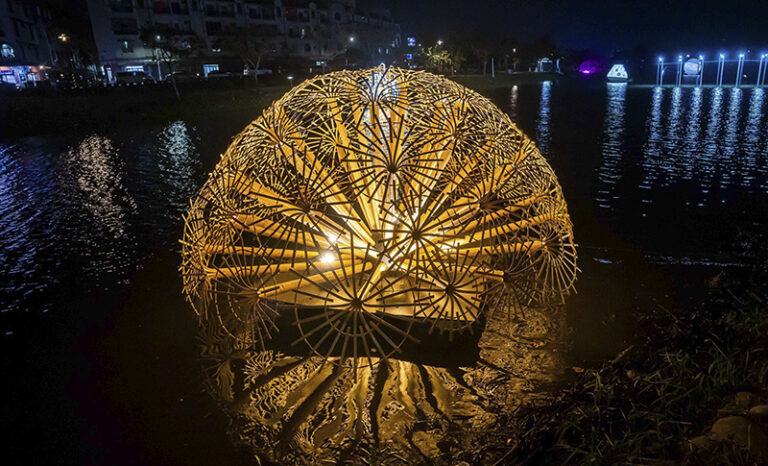
Q: What is your inspiration and why?
A: Bamboo comes in various sizes, from 4mm bamboo skewers to 40cm giant bamboo. It can be processed in different ways, such as preserving the green color, smoking, carbonization, or dyeing. It’s like a spectrum of creative possibilities with bamboo. As creators, we need to have the ability and skill to explore various creative potentials through different techniques and craftsmanship.
During the creative process, I start with the materials and brainstorm ideas by leveraging their characteristics. I aim to let the materials naturally stretch, extend, develop, and create through craftsmanship. I believe that my creations embody the essence of life. I hope to maintain that childlike and humorous touch in my works, making them accessible and easily captivating for anyone, including myself.
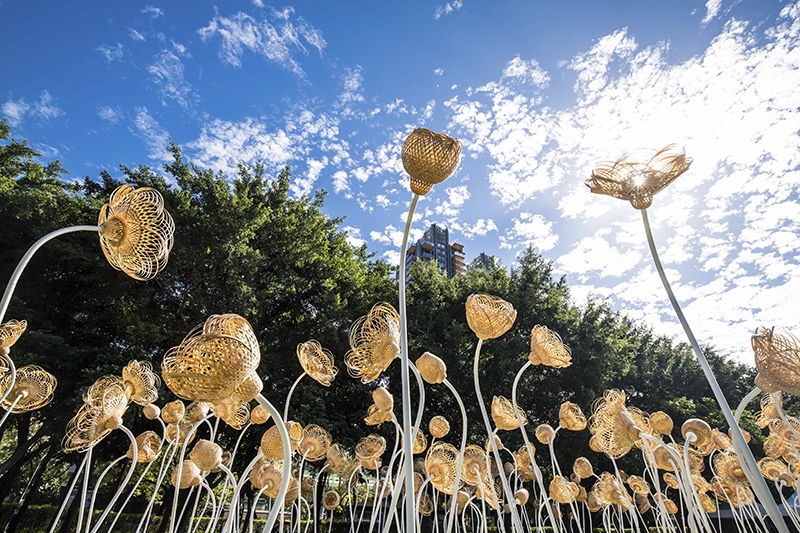
Q: Please share some of your most memorable bamboo installations.
A: “The Thank You Bouquet” is one outdoor installation that has given me more opportunities to be recognized by the public. During its exhibition, I received wonderful feedback. In the past, outdoor bamboo installations were often presented in a rugged and large-scale manner, but “The Thank You Bouquet” uses craft techniques and soft presentation methods to explore more facets of outdoor installations.
Q: From traditional craftsmanship to contemporary installation art, what challenges have you faced?
A: The process of handling bamboo is intricate, which results in a high production cost for bamboo art. Additionally, my approach emphasizes decoration compared to other bamboo artists, so I am currently learning how to manage production costs and time.
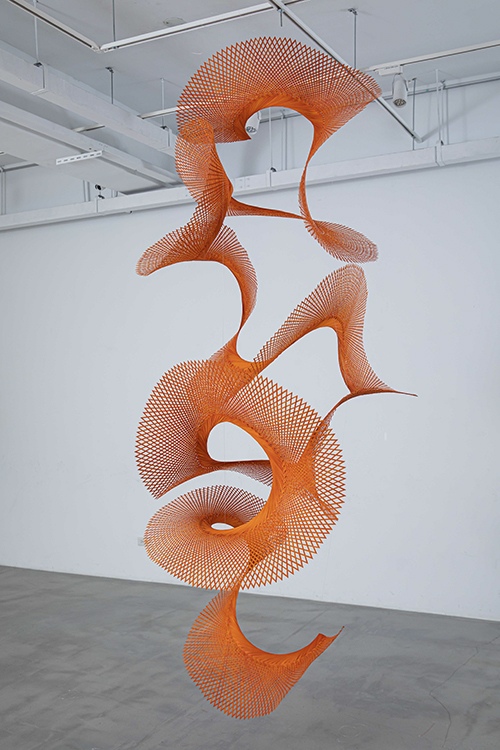
Q: Is there anything else you would like to say to our readers?
A: I aspire to continue viewing the industry’s present and past from a more three-dimensional perspective, bridging the gap between people and bamboo, time and space, breaking the traditional image of bamboo and establishing a contemporary outlook.
xxxxx
We would like to thank Mr. Ching-Ke Lin for this conversation. If you have the opportunity, be sure to experience the transformative power of bamboo art. Let Ching-Ke Lin’s enchanting bamboo installations take you into a harmonious dance between tradition and innovation.
Ching-Ke Lin’s Website
